During different seasons, there may be some restrictions to using your engine brake. This is because some climate conditions are not suitable for your vehicle's engine brakes to be effective. If you'd like to know which weather you should use your engine brake, keep reading as we have extensively researched.
Using the engine brake of your vehicle in rainy or wet conditions can damage the traction on the drive wheel. This leaves the vehicle out of control and can cause serious damage. However, in ice or snow conditions, use engine brakes only on steep or long slopes.
To learn more comprehensive information, we have taken out time to give further explanations, so hang on and keep reading to learn more.
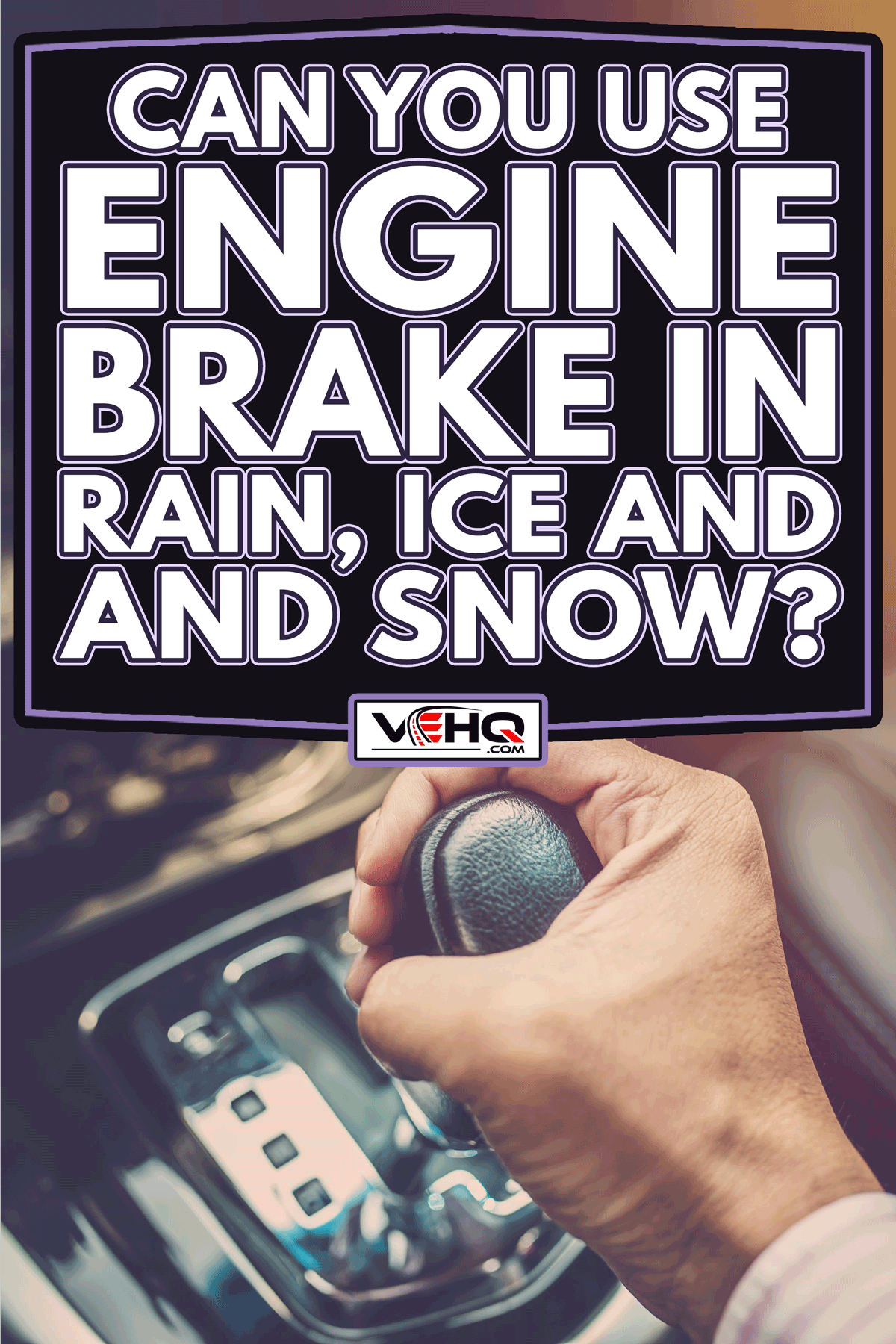
Importance of Engine Brakes
Compared to all other components of your car, the engine brakes serve the most function and still withstand all stress and strain put on it. Engine braking works by stopping the airflow by liberating the accelerator, and this causes an increase in the manifold vacuum, which the cylinders have to work against.
The engine brakes are important as they serve the following functions;
It Reduces Deterioration Of The Brakes
When a vehicle is at high speed, the engine braking reduces the speed of the car without the need to apply the brakes. A vehicle can only be controlled when it is in a steady constant motion.
When deceleration is controlled, you only need to apply brakes at lower for a short period. It prolongs the life of your brakes, which means less wear, less heat, and less deterioration.
It Provides Security
Controlling speed when driving on a long or steep slope is very necessary, therefore, an active use of engine braking should not be neglected. Safe intervals can be maintained by releasing the accelerator rather than applying brakes.
A brake light is like a signal warning to the person behind you, telling them to hold on to their brake as well. If your gear is lowered, it means you can either slow down or speed up to prevent engaging any damage, while a high gear at low speeds extracts energy and increases the chances of a stall.
Keeps Your Vehicle's Engine Safe
A vehicle’s engine runs at thousand revolutions per minute when it is active. Using the brakes can cause a little shake, but it can’t cause a breakdown. It doesn’t cause any harm to the engine because it was designed to operate that way.
Engine braking also reduces fuel consumption, as opposed to putting the car in neutral. It all sums up to a safer and more economical.
Can You Use Engine Brakes In Rain, Ice, and Snow?
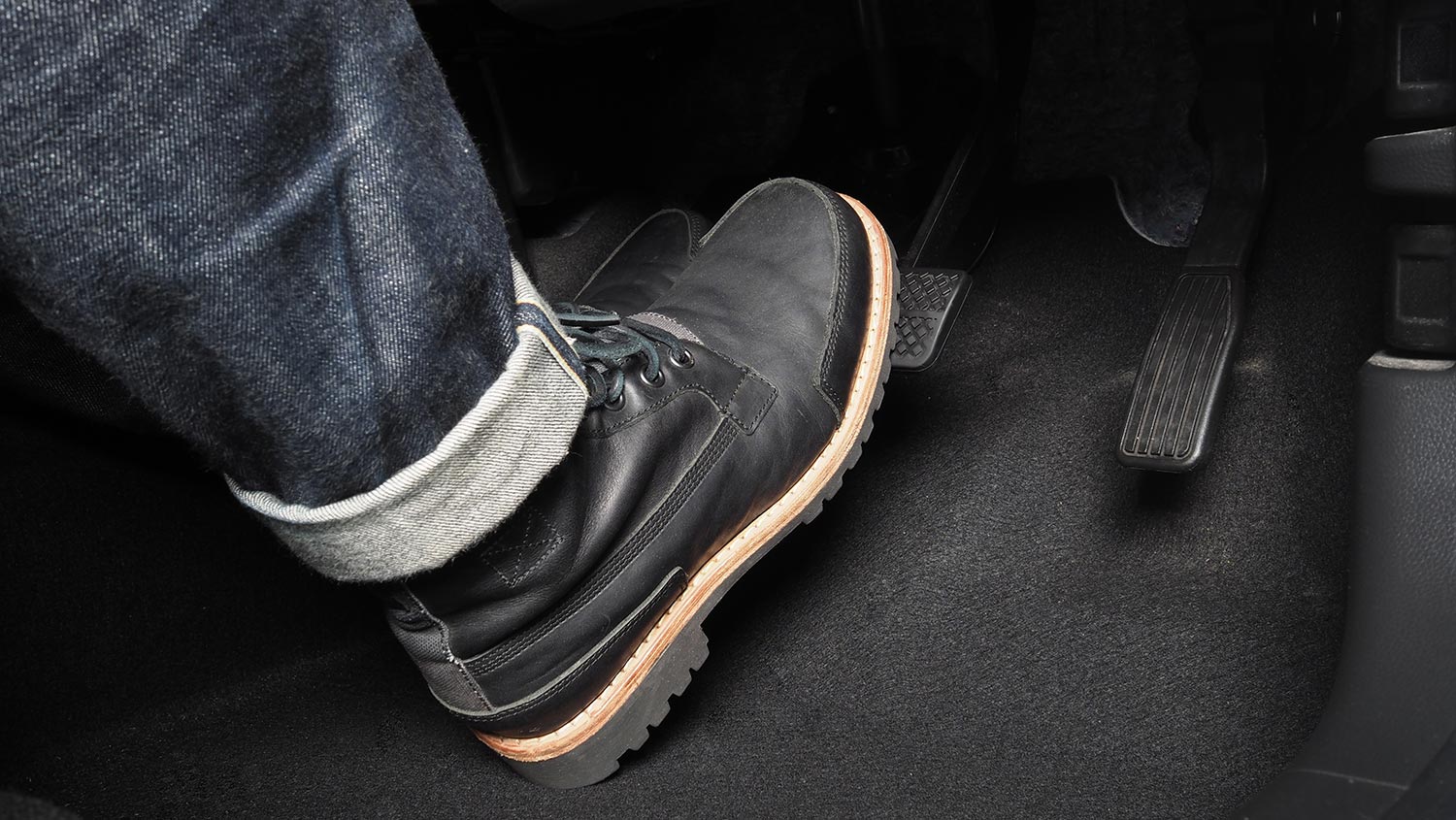
Using engine brakes on wet or slippery roads may cause damage which includes loss of traction on the drive wheels. The vehicle may move out of control. To avoid the loss or severe damage to the vehicle, turn off the engine brakes when driving on wet or slippery roads.
It is very difficult to make adjustments in snow or winter especially when brakes are applied. The best way to reduce speed during winter is the use of engine brakes (that is shifting to a lower gear), particularly on a steep or long slope. Avoid stepping on the brake each time there is a need to slow down.
Important Life-Saving Tips For Driving During Winter
Winter periods are the most strenuous and stressful times for drivers and thus make some drivers leave the road during this period. However, driving during winter can be a lot easier than expected when these instructions are adhered to properly. Here are some important tips that can help:
- Use engine braking and handle pedals and steering properly.
- Avoid applying too much speed, increase your distance and watch other drivers as well.
- Use tires specifically made for winter.
- Always observe fluid and battery charge levels.
- If your vehicle is covered with snow, do not pull away with snow on it.
- Windshield wipers are very necessary for times like this. Use authentic windshield wipers.
- Defrost your windows before driving
- Fill the vehicle’s fuel tank.
- Emergency kits and supplies should always be stored in your car
- Drive only when necessary.
What is Jake Brake
A Jake brake is a decompression release brake, the name comes from Jacob's Vehicle System Inc. The decompression brake assists truck drivers when slowing down their trucks without disrupting the service brakes.
Jake brakes are commonly used in engines with large diesel tanks and semi-trucks. Driving down a hill or a freeway can be handled properly when using a Jake brake and it prolongs the life of the brake and tires. However, this is prohibited in some areas due to the loud noise produced.
When Should You Not Use a Jake Brake?
Jake brakes shouldn’t be abused or overused. It is advisable to use it only in necessary situations. Most drivers prefer using Jake brakes to reduce speed on an icy or snowy road.
However, the Jake brakes were not designed for this function; they serve better in normal conditions. If you still decide to use it in winter, ensure the tractor unit is arranged straight. This avoids jack-knifing.
If you decide to shift gears, avoid using Jake brakes as this action can stall the engine. When oil is low in the vehicle, Jake brakes should as well be avoided. In a truck stop parking lot, the Jake brake shouldn't be used.
How Do You Use Jake Brakes When It Is Raining?
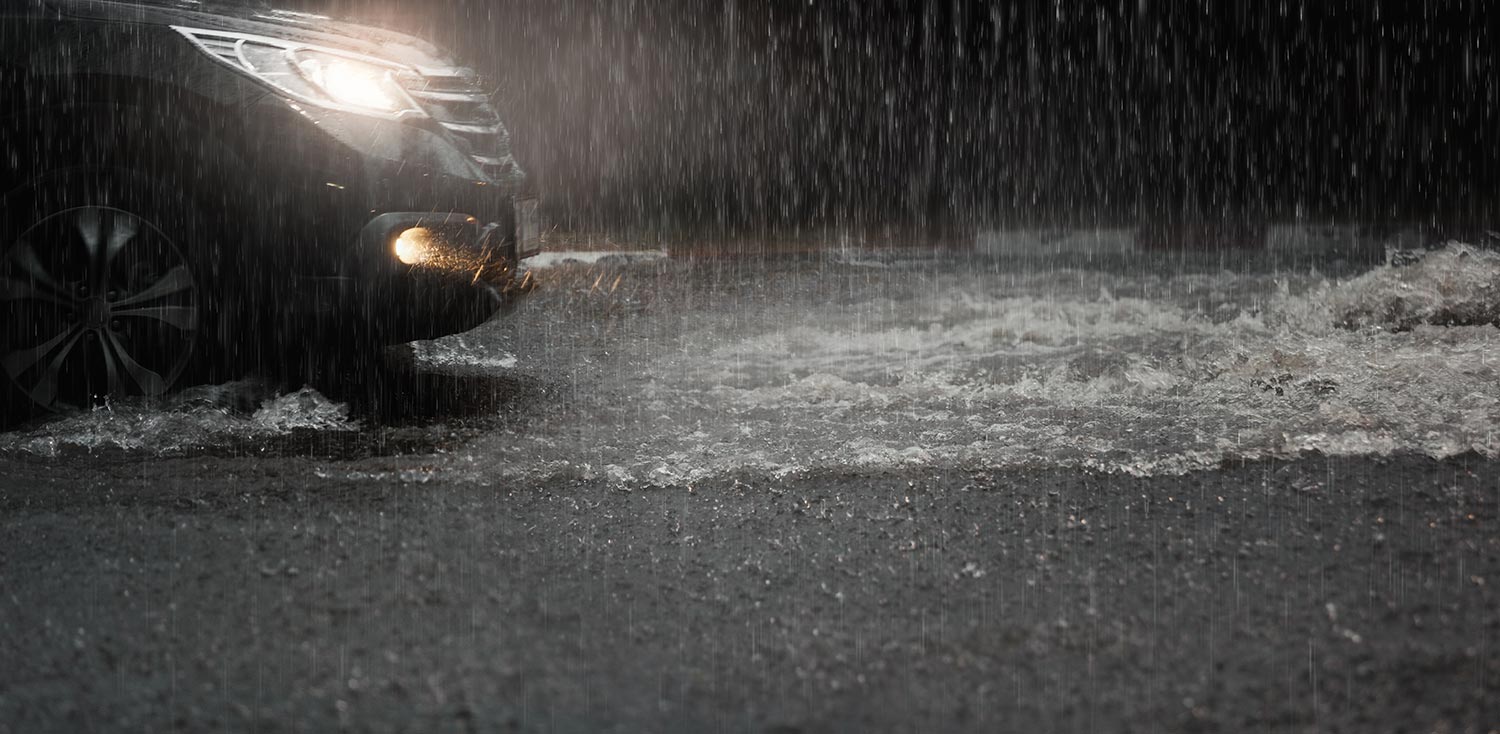
A very important thing to do if you're using a Jake brake on wet or rainy roads is to ensure that they are used together with the foot pedal.
Jake brakes are only used when your tractor drives tires are slow, and this is considered a problem. The vehicle's wheel can get locked up if too much brake force is applied.
What Is The Best Way to Avoid Being In a Collision on Icy Road?
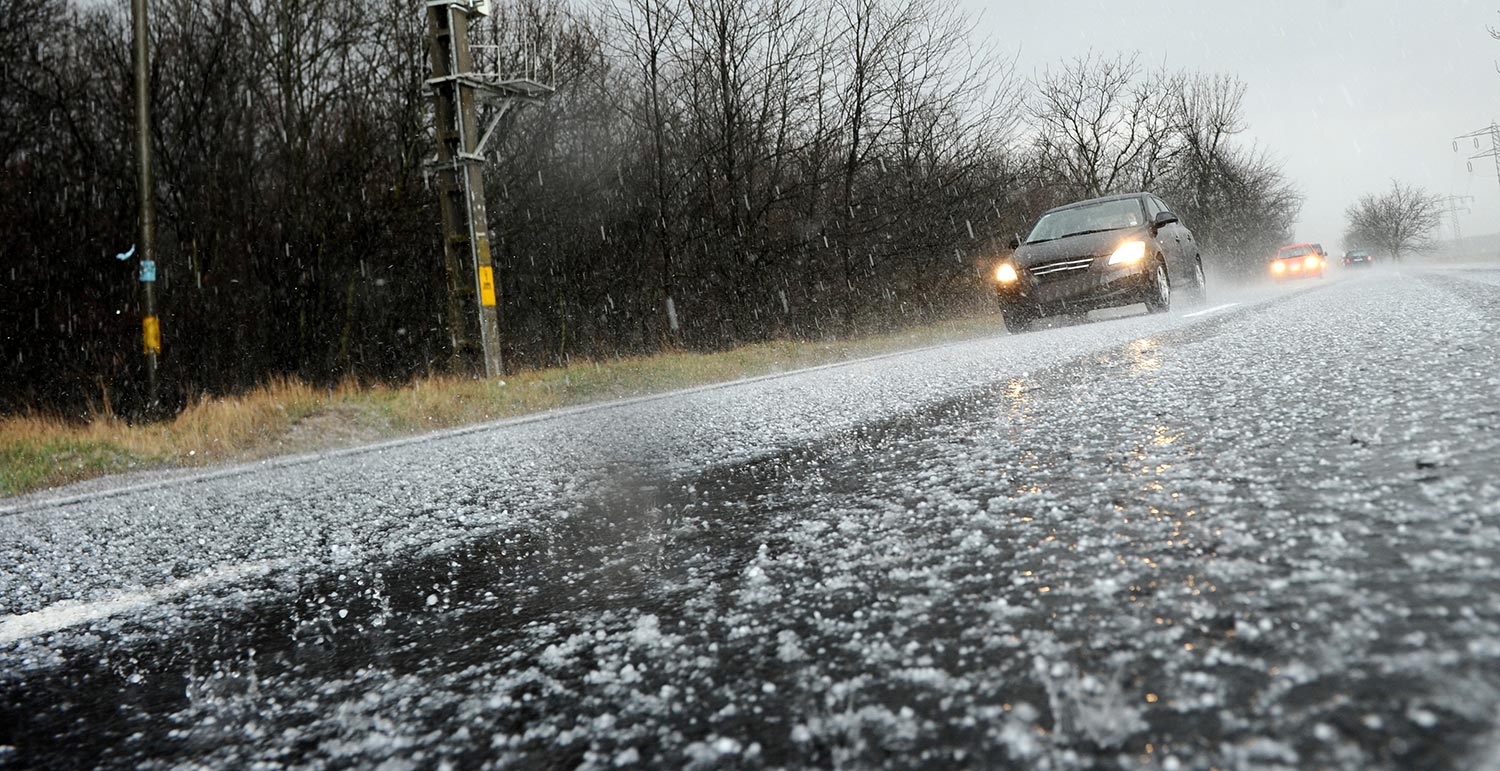
When driving your vehicle on an icy road, at what seems to be a steady speed and all of a sudden you hit a blocked ice on the ground. This could cause a lot of damage. There are things to note when driving on an icy road to prevent collision or sliding.
- Reduce your speed.
- Avoid driving on icy roads.
- Always ensure your seatbelts are on.
- Keep off from hills and other dangerous roads.
- Turn into the vehicle’s slide.
- Release the brakes.
What Gear Should I Drive In The Snow?
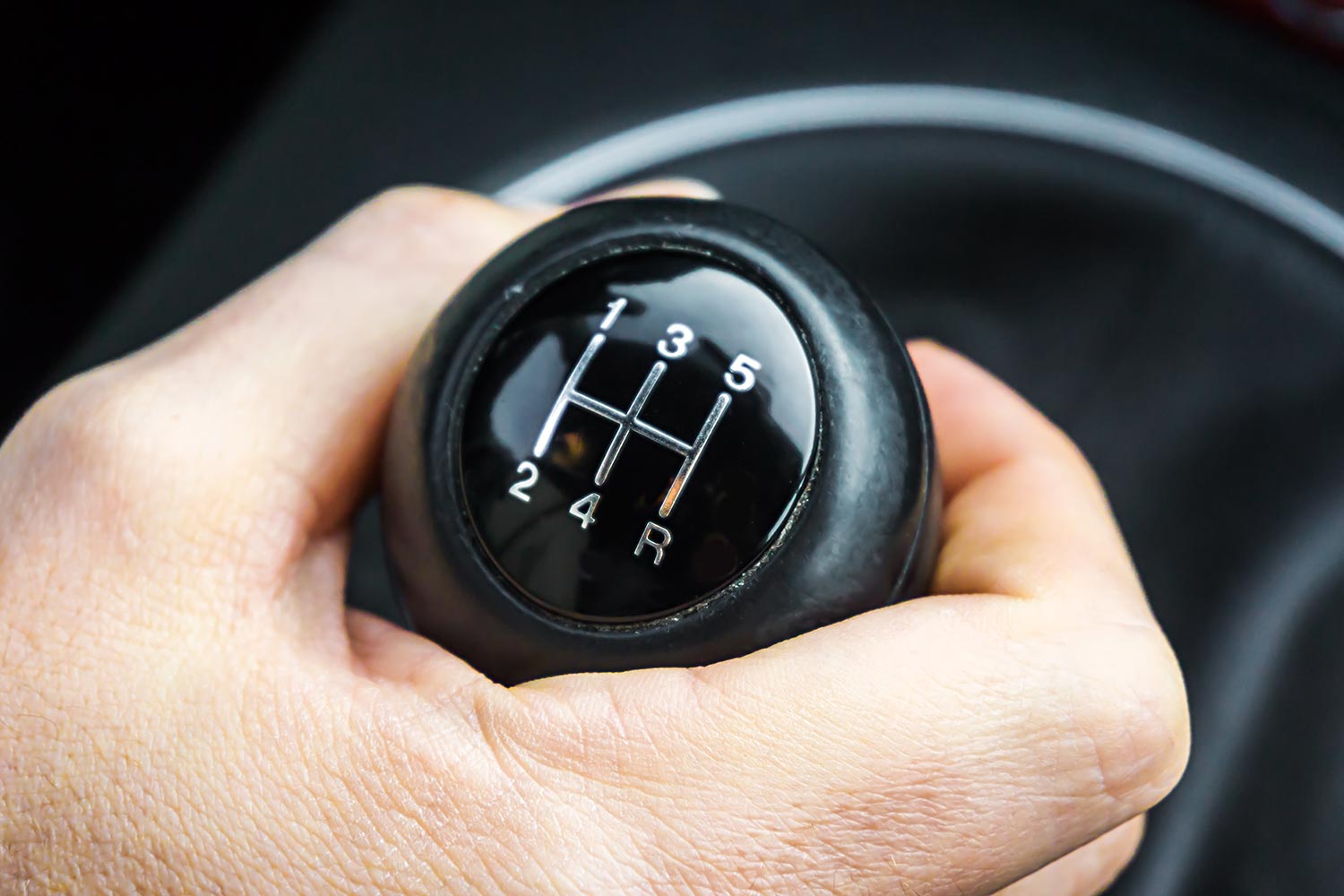
Most wheels slip when driving on snow. To lower the chances of the wheels slipping, it is recommended to use the second gear instead of the first gear. If a vehicle is before you, maintain a distance suitable for braking in conductions like snow, ice, or rain.
Give a distance that is ten times the usual distance if you’re driving in snow. Aside from keeping your car moving slower, a lower gear adds more power and traction to the tires of the vehicle, especially on slick roads. According to RAC, driving in second gear helps to keep the revolutions down.
What Do You Do When Your Car Slides on Ice?
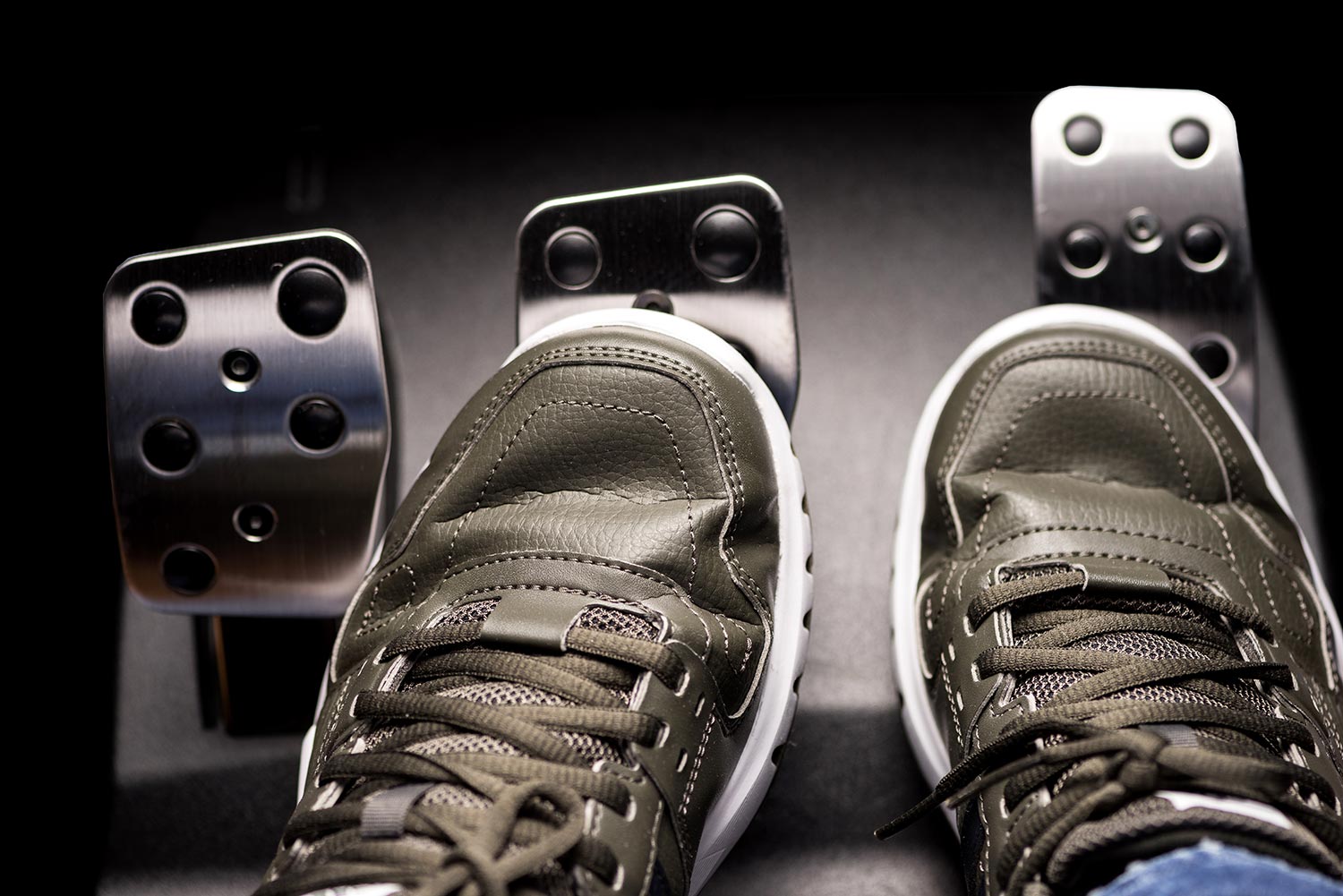
Whenever you find yourself sliding out of control, your first instinct would be to hit the brakes and come to a complete stop. On the ice, though, you must follow a different procedure. Applying the brakes can exacerbate your slide. Your wheels must be able to freely move to correct a slide.
The proportion of steering required to straighten the vehicle is determined by the severity of your slide angle. Try to steer according to the severity of your skid.
Manipulate the steering wheel with care. If you correct your slide in one way, the automobile will eventually return in the reverse direction before stabilizing. Expect a back-and-forth motion and react with caution.
If it happens to your front wheel, allow the vehicle to slow down by removing your foot from the accelerator. If the slides continue, use the brake gently to help stop your vehicle.
In the case of the back wheel, turn the wheel slowly in the direction of the slide and gently remove your foot from the accelerator.
Summary
The best and safe way to drive with an engine brake is to ensure proper guidance and instructions are adhered to. Different seasons and weather conditions have their specific procedure required when using the brakes as well as specific conditions for using it. To enjoy a swift and danger-free drive, use the right gear and avoid overspeeding.
For more about driving in different weather conditions, check out these related articles:
